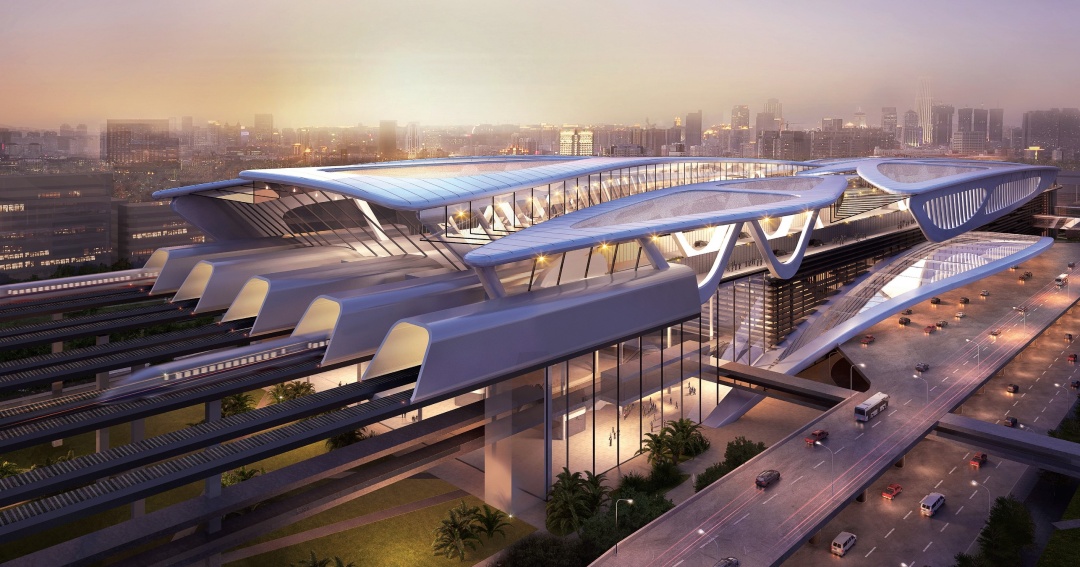The Kuala Lumpur-Singapore High Speed Rail (KL-SG HSR) project has been scrapped but it has not been taken off the table completely.
Mustapa Mohamed, Minister in the Prime Minister Department (Economy), said on Jan. 1, 2021 that Putrajaya is considering the viability of keeping the HSR as a domestic rail line — meaning that it will not cross over into Singapore.
Academics whom Mothership spoke to say that this is unlikely to be financially viable.
Not enough demand within Malaysia alone
Raymond Ong, an Assistant Professor with the Department of Civil and Environmental Engineering at NUS, said that the HSR project would have to take into account "key demand centres" — cities which have a critical mass of people who will shift travel modes to use the HSR.
These are typically air travellers (especially cost-sensitive air travellers who fly on budget airlines), and time-sensitive business travellers who are attracted by the reduced travelling time afforded by the HSR.
Ong said that aside from Kuala Lumpur city, it is unclear where these demand centres are.
Additionally, he added, there is not enough demand for HSR travel from Kuala Lumpur to any other Malaysian city at the moment, making it unlikely that a domestic HSR will be financially viable.
Without a critical mass of demand, operators of the HSR would have to increase their fares or be subsidised by the Malaysian government, which means the HSR will be financed by taxpayers.
Competition from North-South Expressway
Walter Theseira, an Associate Professor of Economics from the School of Business at SUSS, said that the domestic segment of the HSR running from Kuala Lumpur to Johor Bahru will "struggle to recover costs".
This is because the domestic leg of the HSR faces competition in the form of the North-South Expressway, he explained.
"In many countries, rail lines have struggled to recover costs for passenger traffic since the development of mass air travel and the building of expressway networks. HSR is only able to recover costs when it can attract a sufficient number of passengers away from these alternatives."
It was initially estimated that the KL-SG HSR would cost Malaysia RM72 billion (S$24 billion).
The Kuala Lumpur-Singapore HSR leg is an example of what Theseira termed the "sweet spot" for the HSR — travel between major cities which are a few hundred kilometres apart, making the high speed rail an attractive alternative alternative to air travel and expressways.
He added that high speed rails often rely on business travellers to buy higher-priced last minute tickets or business class tickets.
"I don't think the domestic segment will generate a high number of such business travelers, compared to the international KL-SG segment," said Theseira.
Top image via ConstructionPlusAsia.
If you like what you read, follow us on Facebook, Instagram, Twitter and Telegram to get the latest updates.
